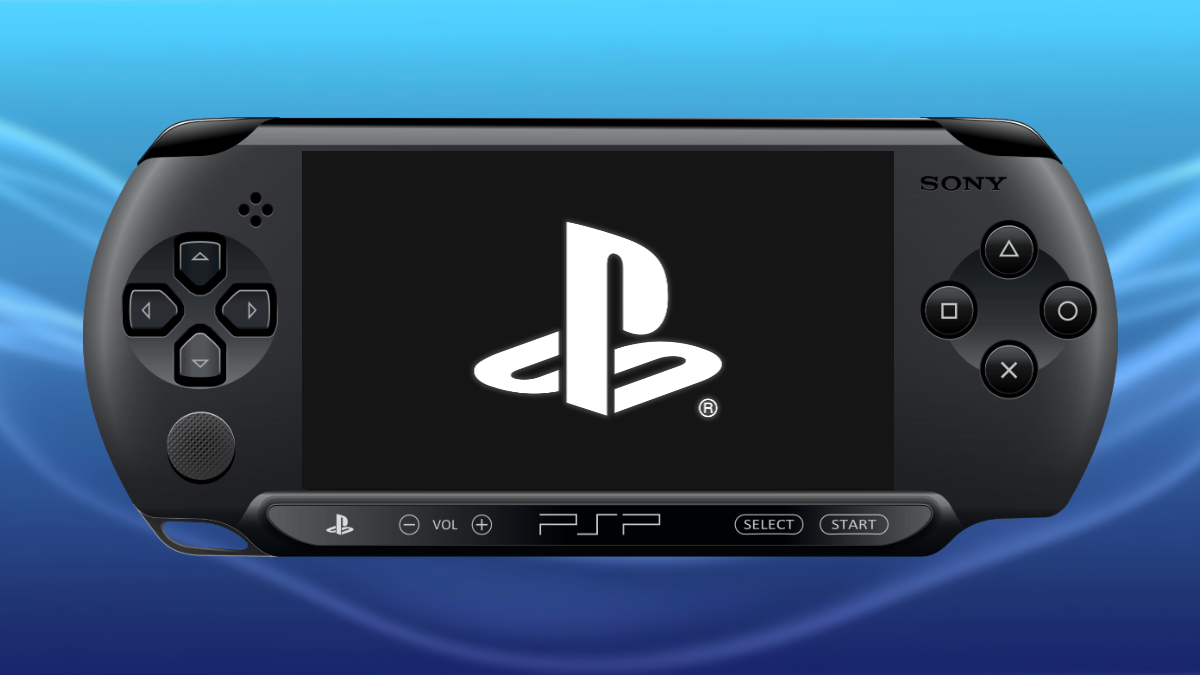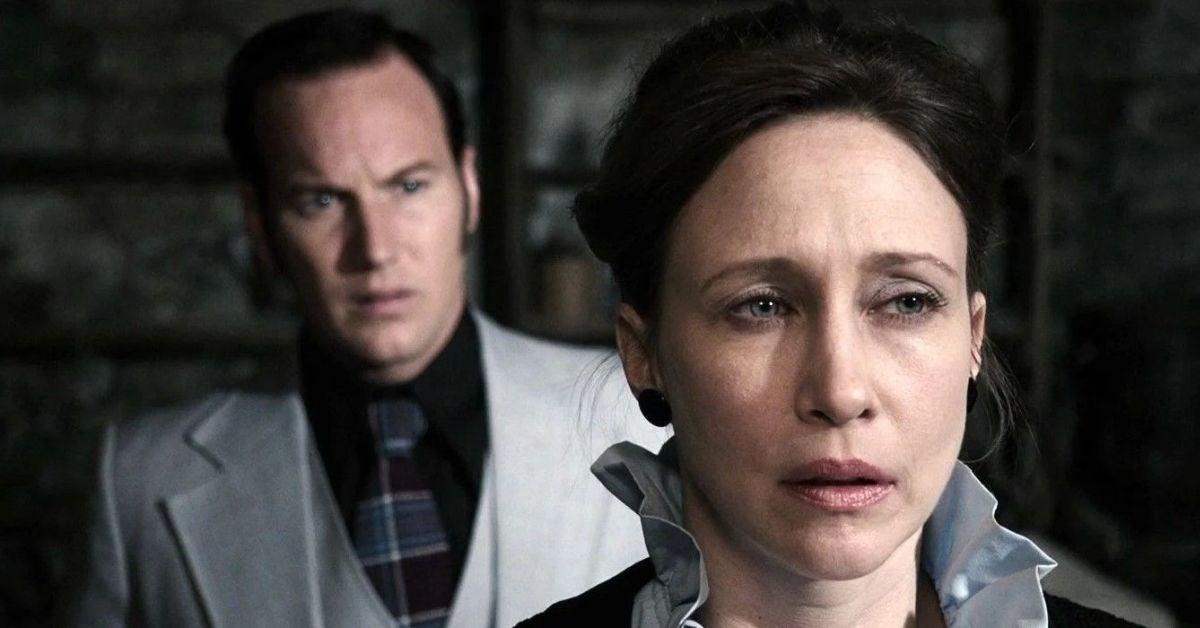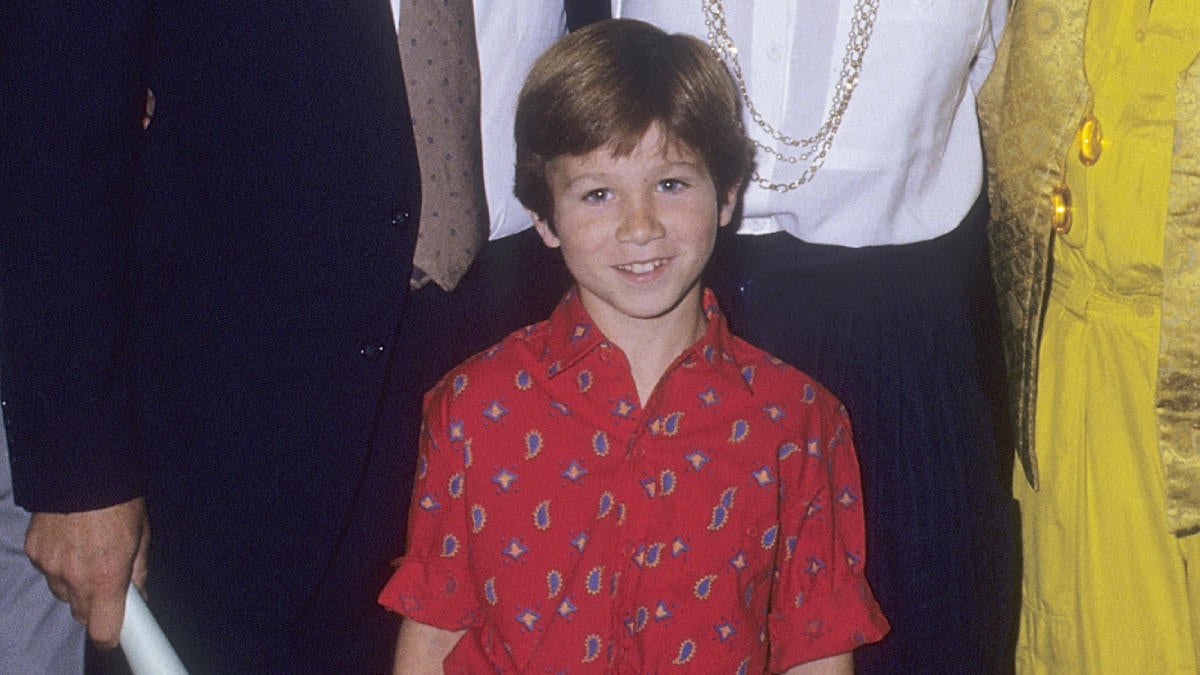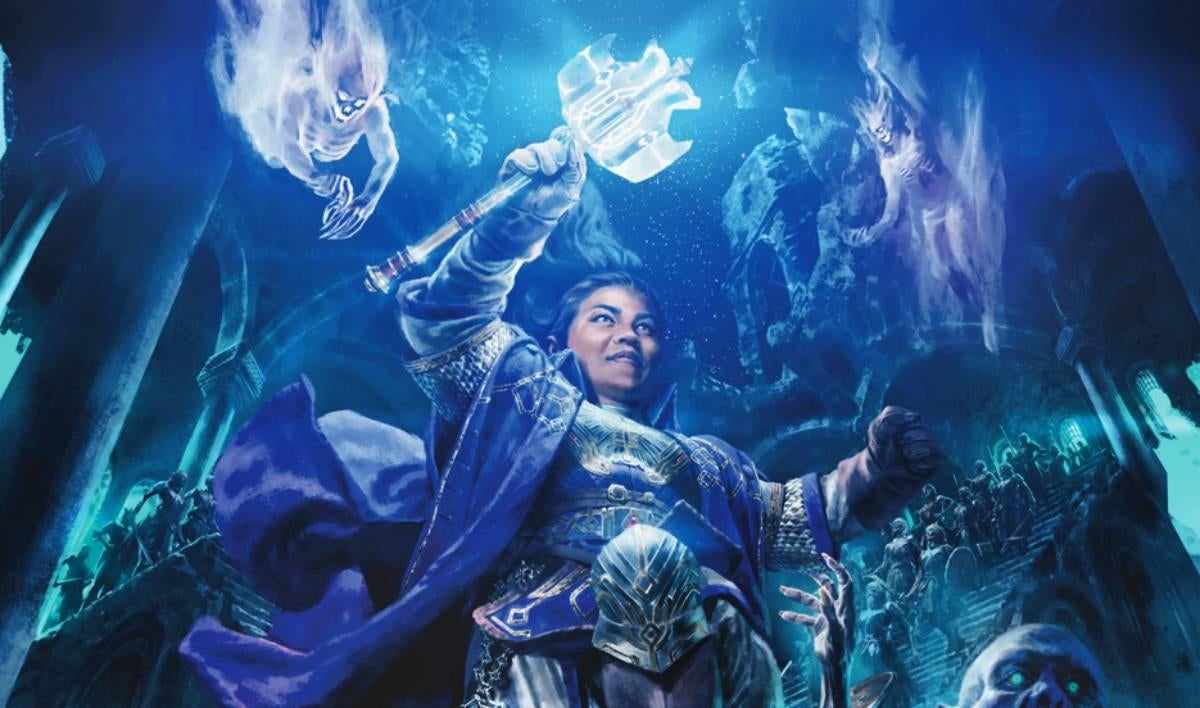Senua's Saga: Hellblade 2 Review: Immersion You'll Have to Hear to Believe
Senua's Saga continues in an immersive gaming experience filled to the brim with its developers' passion in Hellblade 2.
Ninja Theory has released the newest entry to a long-awaited story with Senua's Saga: Hellblade 2, which is available now on Xbox Series X|S and PC. When I was able to load up the game, I was immediately intrigued by the content warnings provided in the continuation (graphic violence, burning, terror..), eager to see how the next chapter of Senua's story unfolded. While I'm overall pleased with Hellblade 2, there are certain aspects I certainly feel didn't live up to the standard set by others like the graphics, settings, sound, and the storyline.
When we received the review key for Senua's Saga: Hellblade 2, there was a note included from Ninja Theory studio head Dom Matthews that expressed "Senua's Saga has been a genuine passion project." My favorite part of this gaming experience is that you can truly tell – from beginning to end – that Hellblade 2 is exactly as described by Matthews: a passion project. With the developers' goal of "cinematic immersion" in mind, I truly feel as though Ninja Theory has delivered on what they set out to do. While not perfect, there are two undeniable truths to Hellblade 2: you can feel the passion that the team who built the game feel toward it, and this is one of the most immersive experiences in gaming to date.
I want to focus on the aspect I loved most about the game, which is the sound. Hellblade 2 is a testament to years of work by the sound team, which I am certain will be at minimum nominated for awards going into the 2024 gaming awards season later this year, if not winning overwhelmingly across the board. I cannot recommend wearing a good quality pair of headphones enough to experience Hellblade 2 in its fully intended state – I initially started playing the game over my system's speakers and was infinitely more pleased when I swapped to headphones for that more intimate experience.
The voices in Hellblade 2 are recorded binaurally, placing them in the world "surrounding" the player – the voices Senua (and therefore the player) are hearing due to her psychosis at times sound close enough to replicate the softest, spine-tingling whisper in your ear, or as faint as the final voice you hear as you drift off to sleep, to the harsh, cutting, visceral darkness that fills your ears. Not only are the binaural voices deeply immersive, the environmental sounds are deeply realistic and believable – so much so that a crack of thunder through your headphones or the crashing of a wave will make you question your own setting.
It's on this believability that I feel Ninja Theory did their best – not only in sound, but visuals as well. With scanned costumes, actors into characters, and locations every single visual frame is realistic, which brings the mythical sides to life in ways that feel grounded and within grasp.
Sticking with mentions of the game's stunning visuals and believability, the scenery and locations in Hellblade II will almost certainly have you considering a trip to Iceland. Every location has a feast for the eyes to offer – from waves crashing against a shore to the reflection of a beautiful sky in a puddle to sprawling fields of green, there's a lot of beauty in this place that has been replicated to the screen for this game by Ninja Theory in a way that shares the beauty with audiences despite them not being real.
At times, the visuals combined with the sound feel so close to reality that you could almost forget you won't also smell the rain or taste the salt of the ocean. If you're a photomode fan (who isn't these days?), there are ample opportunities to document the beauty of the game – with an impressive zoom scope and camera mobility to help you get the exact shot of your dreams.
Performance capture has gotten better overall in the last several years, with Hellblade 2 proving to be no exception to this new norm, and every character feels as though they're someone you could be interacting with before you. On top of the smallest movements being picked up, furthering the full understanding and characterization of these individuals, the designs and writing for each character indicate how much Ninja Theory cares for each of them.
Narratively, Hellblade 2 is a powerhouse and continues Senua's story in a way that provides her with ample opportunity for continued growth, and uses her story to respectfully explore such a serious experience such a psychosis. As the smaller pieces of the much larger puzzle come together to show what Ninja Theory has planned in full for Senua, you see an exploration of truly beautiful and complex topics – psychosis, grief, survivor's guilt, childhood trauma and how individuals who experience it often experience additional trauma later in life, and so much more. For such a short game there is really so much depth, and that alone is impressive enough and a true demonstration of a wonderful script.
Ninja Theory has clearly worked hard to provide a deeply respectful, well-informed and well-researched representation of mental illness. Ninja Theory notes, "To bring Senua's perspective of the world to life in a truthful way, we have once again worked closely with Professor Paul Fletcher at the University of Cambridge, as well as people with lived experience of psychosis." While I personally am far from an expert on these topics and my opinion carries little weight, I do believe the developers have done their best to represent this issue with care and respect.
Ninja Theory did a fantastic job making improvements to Hellblade 2's accessibility, with several features included to ensure as many people can enjoy the game as possible. For me personally, text size changes and user interface color scheme customization are massive bonuses that were appreciated throughout the entirety of the game, and these are far from the only options available to make the continuation to Senua's story more accessible.
In terms of what I didn't like and what unfortunately drops the score for me significantly are two large pieces of gameplay in this instance: combat and puzzles. While neither of these aspects to Hellblade 2 could be considered wholly bad, and there is an impressive realism to the combat and a noticeable weight to the swings that has great potential to add to the adrenaline-filled feeling of high-stakes combat, I did feel the movements become fairly repetitive, and therefore easy. This complaint is mirrored in Hellblade 2's puzzles as well, which while they provide fantastic visual additions and opportunities to the game, I never felt like any were particularly difficult. With combat specifically, Ninja Theory has noted that 69 days alone were spent on performance capture for combat, indicating this was clearly an area of focus, and one I feel the result is lackluster in comparison with the rest of the game.
Overall, I am looking forward to playing what's ultimately a fairly short game again (about 10-15 hours stopping for breaks and photomode) without needing to pause to take notes for review purposes in order to fully immerse myself in the experience Ninja Theory has crafted without interruption.
Rating: 4 out of 5 stars
Senua's Saga: Hellblade 2 is available now on Xbox Series X|S and PC. A PC review code was provided by Xbox.




